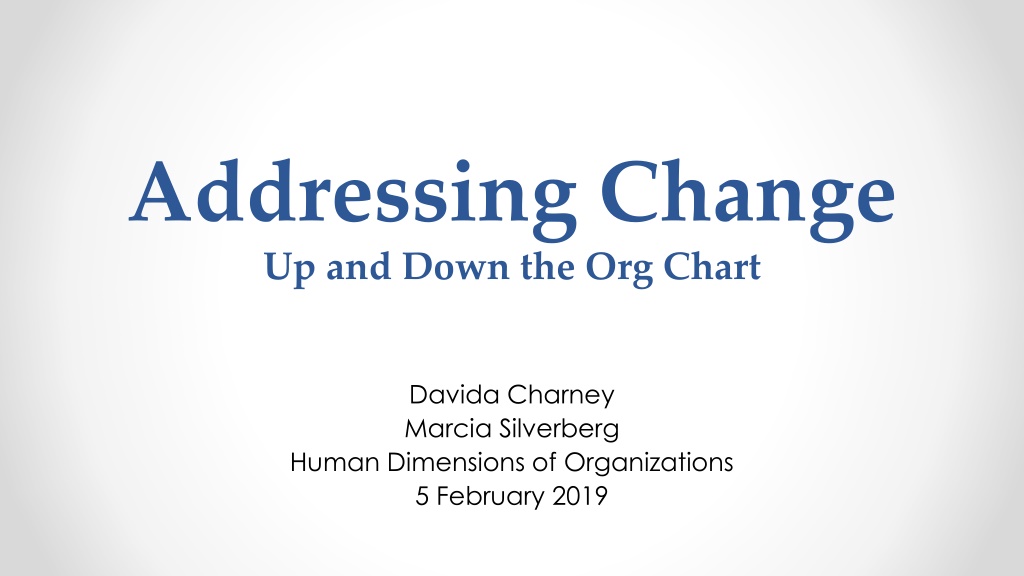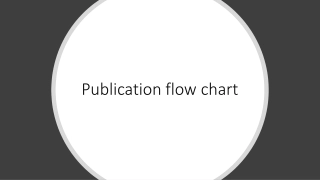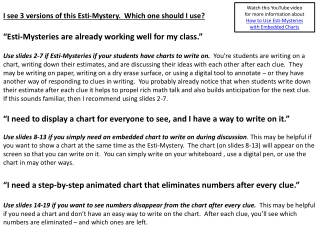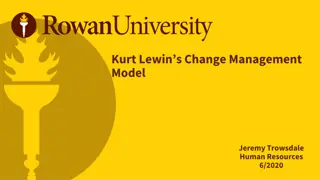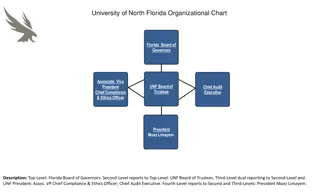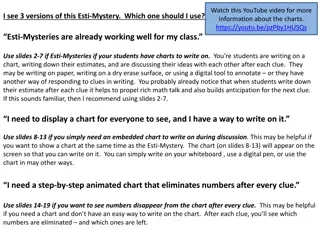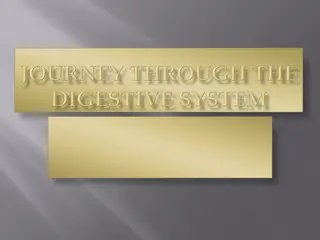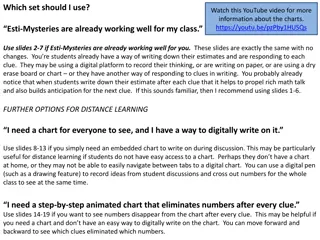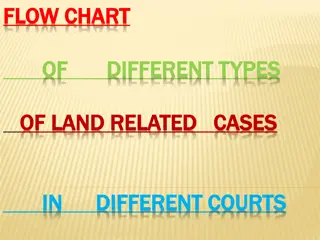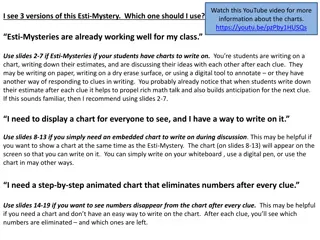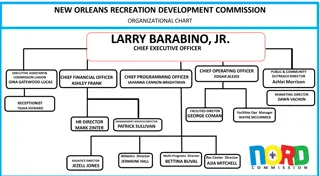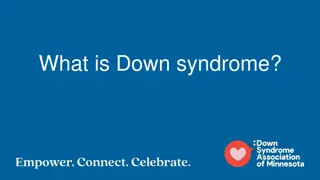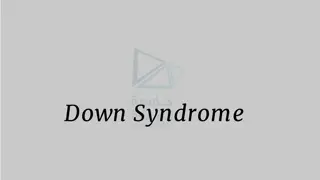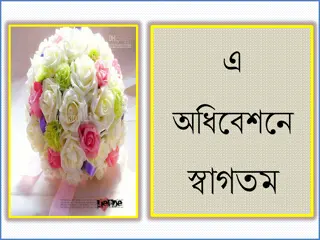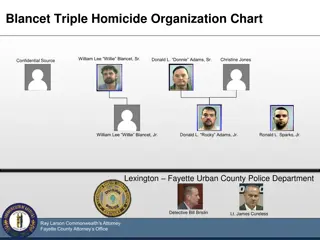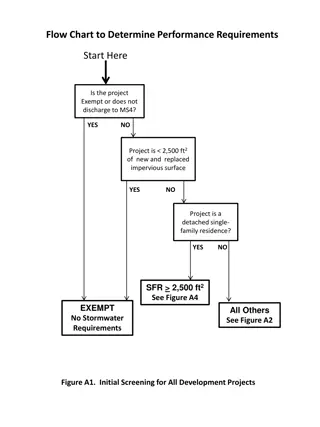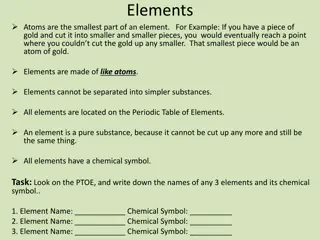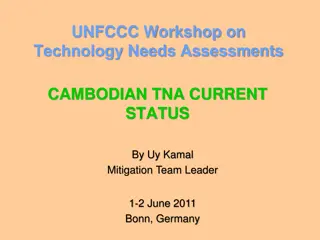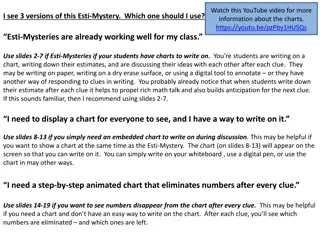Addressing Change Up and Down the Org Chart Workshop
Explore strategies for managing change within an organization, including recognizing different responses to change, navigating stages of grief, practicing role-play scenarios, and utilizing models such as Bridges Model and Kotter Change Process.
Download Presentation

Please find below an Image/Link to download the presentation.
The content on the website is provided AS IS for your information and personal use only. It may not be sold, licensed, or shared on other websites without obtaining consent from the author.If you encounter any issues during the download, it is possible that the publisher has removed the file from their server.
You are allowed to download the files provided on this website for personal or commercial use, subject to the condition that they are used lawfully. All files are the property of their respective owners.
The content on the website is provided AS IS for your information and personal use only. It may not be sold, licensed, or shared on other websites without obtaining consent from the author.
E N D
Presentation Transcript
Addressing Change Up and Down the Org Chart Davida Charney Marcia Silverberg Human Dimensions of Organizations 5 February 2019
Workshop Goals Recognize your approach to change Understand sources of resistance to change Practice strategies for framing changes to stakeholders: managers, peers, subordinates Learn strategies for managing change over time
Workshop Overview Introductions Awareness of Your Approach to Change Change Profile Peek at Bridges Change Model Types of Cultures Persuasive Framing Role-play Planning (2 worksheets) Lunch
Workshop Overview Bridges Model: Deep-dive Practice: Role Play #1 Case Study Practice: Role Play #2 Managing Change over Time Kotter Change Process Efforts and Sources of Failure Practice: Role Play #3 Take aways Evaluation
Introductions Name Organization A change you plan to examine more closely and use during role plays 6
Change Profile Questionnaire Complete the Change Profile Questionnaire o On paper o On-line with this link (emailed) https://utexas.qualtrics.com/jfe/form/SV_3aTH2g4OCOLJ6fP Score the Change Profile Questionnaire o Automatically scored on-line Result is for your information only
Change Types: Responses to Change Resigning: Against a change but feel powerless to do anything but accept it Resisting: Against change & actively oppose it Adapting: Pleased with change but not interested in initiating it Leading: Proactive about making positive change happen
Stages of Grief (negative change) Denial: No, not me. Can t be true Anger: #%?!!**# Why me? Bargaining: If I do ____, then that won t happen Depression: Woe is me Acceptance: It s okay Renewal: I m energized again
Overview of Bridges Phases Phase Characteristics Reactions Goals Ending Loss of: Identity, Control, Meaning, Belonging, Turf, Structure, Relationships Denial Anger Shock Letting go of what is being lost Neutral Zone Resistance to change and the unknown; Exploring new opportunities Fear, Anger, Frustration, Stress, Confusion, Creativity, Hope Managing fear; Beginning to explore; Testing new possibilities New Beginning Commitment Action Energy, Anxiety, Enthusiasm Achieve the new beginning
Persuasive Framing: Organizational Ecosystem Matrix 1: Structure/Hierarchy Matrix 2: Discourse Attitudes
Ecosystem Structure/Hierarchy: Stakeholders Stakeholders are knowledgeable and/or affected by the situation under discussion and/or responsible for final decisions/actions and/or capable of fostering/blocking a solution Different strategies are needed for different ecosystems 14
Ecosystem Structure/Hierarchy Formality of Org Chart Continuum from Standing Committees to Ad hoc Committees Greater formality means greater investment in the hierarchy Participant Relations Continuum from all Insiders to mixed to all Outsiders Greater diversity means fewer shared assumptions and loyalties 15
Formality of Organizational Chart Standing Committees Legislature Board Meeting Cabinet Meeting Team Meeting Book Club Ad hoc Groups Volunteer Day 16
Participants' Relations to You INSIDERS OUTSIDERS 17
Organizational Matrix STANDING Legislative Debate Public Hearings OUTSIDER INSIDER Volunteer Day Kitchen Table AD HOC 18
Discourse Culture Tolerance for dissent o Continuum: communities where everyone loves to hash it out to those that loathe discord o Greater tolerance for dissent means greater openness to change Action orientation o Continuum: communities that value airing all views to those geared toward making decisions o Greater need for action means more need for persuasion and compromise 19
Tolerance for Dissent Juries Legislature TV News Panels HASHING Chat Rooms Board Meetings Mediation HARMONIZING AA Meeting Dinner Table 20
Action Orientation DECIDING EXPRESSING 21
Discourse Culture Matrix HASH Jury Book Club EXPRESS DECIDE Kitchen Table Dinner Table HARMONY 22
Where are you? Place dots for YOUR organization's culture on the Organizational Structure matrix Discourse Culture matrix 23
Communication is Key! Why is this change necessary? What are the benefits of the change? What are we letting go of? What question and concerns can we expect along the way? What should we not expect? Special challenges for leaders: o Balance of empathy and sense of urgency o Supporting others through the change 24
Communication Plan Message Components Stakeholder: Stakeholder: Stakeholder: Primary Concern Other Concern(s) Message Messenger(s) When Message Will Be Delivered How and Where (media) Supporting or Collateral Materials Person Primarily Responsible Other Persons
Phraseology Frames Soliciting views, respecting positions, acknowledging difference, moving closer 26
Phraseology Frames Topics Promoting discussion Checking agreement/comprehension Acknowledging other views Making concessions Stating disagreement Defusing tension Dealing with the unexpected Moving in a productive direction Promoting good will Style adjustments Up and down the chart One-on-one vs. one-to-group Formal vs. loose cultures 27
Promoting Discussion From the top: "I want to hear from everyone on this" "I don't know the ins and outs, so I really need your input" Peer to Peer: "Remember everyone deserves respect and attention" "Not everyone has weighed in yet" "What do other people think?" Looking Up: I may be the only one, but From where I'm sitting, . Formal: We're going to take everyone's input very seriously Loose: Don't be shy here Let's hear some reactions 28
Checking Comprehension/Agreement "So are we agreed that we're going to give it two weeks?" "Who still has some concerns about saying two weeks?" "So do most people think two weeks is realistic?" "So is two weeks a problem for anyone?" "Am I the only one who thinks two weeks isn't enough time?" "What if two weeks isn't enough?" 29
Acknowledging Other Views "Here's what I hear you saying is that right?" "Correct me if I'm wrong" "I understand that you prefer ." "I know you see it a different way" "You've helped me get a different perspective on this" "Thanks for explaining that so clearly" 30
Making Concessions "That option does have some things going for it" "You're right that " "I agree with you that " "I hadn't realized that " 31
Stating Disagreement Peer to Peer "Here's where we differ " "I'd like to see more evidence on that point" "I also see some disadvantages" "Let me play devil's advocate here" "I'm still uncomfortable with this" Looking Up "I don't want to tell you how to do your job but I do want to share some information" "I know you had no control over this" "This might seem kind of touchy-feely" "Could you clarify your goals" 32
Moving in a Productive Direction "There are other options here that we haven't considered" "Can we put that aside for the moment?" "We're not really that far apart" "Let's not make the perfect the enemy of the good" "Is there a way to do a "both-and" instead of an "either-or" "Could you live with " 33
Defusing Tension "Hang on, let's make sure we understand here" "Let's not shut down that viewpoint too quickly" "Remember the main goal here" "I think we understand that viewpoint. Does anyone have a different view?" "Let's remember the main goal here" "Now THIS is what I call dialogue!" 34
Dealing with the Unexpected "I don't have a solution all ready to go. We need to figure this out together" "Let me get back to you on that" "That's a big new idea that we'll need time to think about" "Let's note that down and take it up at a later meeting" "Remember this is hard" "We don't know yet exactly what it's going to look like" "We're on the same team here" "It's not going to be smooth sailing" 35
Promoting Good Will "This has been a really good discussion" "Thanks for staying so engaged" "That's very helpful" "That's given us some important things to think about" "If you think of anything else or didn't want to speak up now, please get in touch" 36
Communication is Key! Complete the Change Role Play Preparation Worksheet Review the Observer s Role Play Worksheet 37
Role Play Preparation 1. Scenario Description: What is my role and who am I speaking to? What do I need to communicate? Summarize in 2-3 sentences what you need to communicate. What reaction(s) do I anticipate? 2. My Readiness: How am I feeling now? What stage of the Bridges change model am I in? What stage do I think my team members/stakeholders are in? What is my desired outcome from the conversation? 3. Communication Plan: What is my opening sentence? What are my key points? How will I invite discussion? What is my closing sentence? 4. Future Orientation: What are my next steps following the team member/stakeholder meeting?
Overview of Bridges Phases Phase Ending Characteristics Loss of Identity, Control, Meaning, Belonging, Turf, Structure, Relationships Reactions Denial Anger Shock Goals Letting go of what is being lost Neutral Zone Resistance to change and the unknown Fear, Anger, Frustration, Stress Managing fear Beginning to explore Exploring new opportunities Confusion Creativity, Hope Testing new possibilities New Commitment Action Energy, Anxiety, Enthusiasm Achieve the new beginning Beginning
Deeper Dive: Endings Transition Phase Reactions What you will HEAR What you will SEE Endings Denial Anger Shock Just sit tight. This won t last long People aren t serious about this "This won t work here They keep working the way they ve always worked Quality & quantity of work decreases Rumors & gossip increase 41
Deeper Dive: Neutral Zone Transition Phase Neutral Zone (Chaos) Reactions What you will HEAR What you will SEE Fear Anger Frustration Confusion Stress Skepticism Impatience Hope Acceptance Creativity I don t know what I am doing What does this mean to ME? Who s in charge, & do they know what they are doing? If you don t know what we are supposed to do, how about we do it this way?? Informal hallway meetings Rumor mill run rampant Procrastination Tardiness Increased absenteeism 42
Deeper Dive: New Beginnings Transition Phase New Beginnings Reactions What you will HEAR Let s get going on this I see ways we can make this better This will be exciting to try What you will SEE Energy Anxiety Frustration Enthusiasm Willingness to try new things Forming of new relationships & partnerships Impatience with those who have not reached New Beginnings 43
Leadership Strategies Leadership Strategies Transition Stage Endings Reinforce the change. Check for understanding. Allow voicing of anger, frustration, concerns. Communicate, communicate, communicate Set clear expectations about performance standards Neutral Zone (Chaos) Meet frequently Explain the potential impact on people Communicate, communicate, communicate Provide structure Focus on short term goals Recruit high performers Be patient 44
Leadership Strategies (continued) Transition Stage Leadership Strategies New Beginnings Delegate work appropriately Develop new job accountabilities Emphasize the need to make it better Communicate, communicate, communicate Create an empowering environment Involve individuals as agents of change 45
Leadership Behaviors by Bridges Model Phase 46
Role Play #1 Observer Observer Stakeholders/ Employees/ Team Manager Leader 48
Role Play Debrief What worked well? What was most challenging? Aha s? Take-aways?
Case Study #1 Seton Healthcare Family Reduction in Force (RIF) Need to reduce costs resulting in multiple cost- cutting measures, including eliminating 110 positions (out of approx. 9,000 employees)
